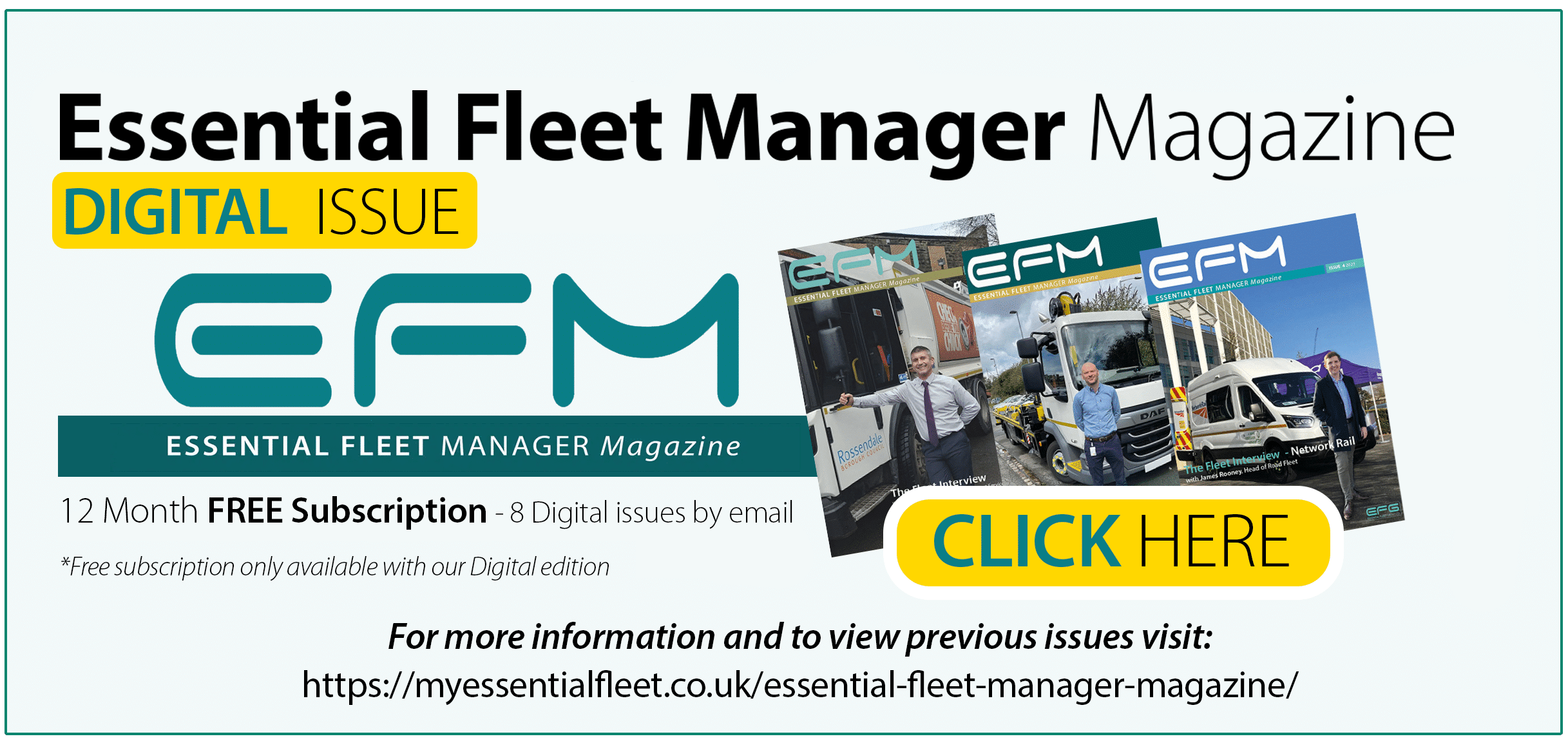By Debi Bell, Head of HR Services of Lanes Group
Over the last few months, HGV driver shortages have become an unfortunate and troubling reality across many industries that rely on trucks and lorries for transportation and service provision. Businesses across the UK have found it more and more difficult to fill crucial vacancies within their fleets, undermining their ability to deliver their key services in many cases.
The reasons for this shortage are manifold and, although there have been signs of this trend easing up over the last couple of months, it remains an ongoing issue for many businesses. As such, it is useful for employers to consider what steps they can take to help ease their driver shortages, and how they can improve staff retention by nurturing existing talent and attracting new workers to join their teams.
What is causing the HGV driver shortfall?
The recent driver shortage is not necessarily a new phenomenon. Figures from Logistics UK indicate that even before 2020, the UK’s professional driver workforce was around 76,000 below the ideal level.
However, the problem has become exponentially worse since 2020 for a number of reasons:
- The UK’s departure from the European Union has resulted in many drivers from the EU choosing to return to their home countries without being replaced
- Brexit has also introduced a number of new administrative barriers that have made it harder for foreign professionals to live and work in the UK
- The COVID-19 pandemic has made it harder for new drivers to train and qualify for professional driving roles, while exacerbating staff shortages by increasing the number of sickness-related absences
- Professional drivers are an ageing workforce, meaning older staff are retiring without necessarily being replaced by younger new recruits
All of these factors have conspired to create a perfect storm that has led to real difficulties for all companies that depend on professional drivers. This has not only impacted haulage and transportation businesses, but also companies like Lanes Group, which hires and trains professional drivers to work as drainage engineers, manning and operating their fleet of drain jetting vehicles.
What steps can companies take to attract more drivers?
Although numerous steps have been taken to try and solve this problem – including temporary visas for lorry drivers to work in the UK, and improving access to training – many organisations will be looking for ways to address the issue more directly, and give themselves the best possible chance of competing for the available talent.
Here, we examine some of the key ways in which businesses can react positively to the current trend, based on Lanes’ own initiatives over the last two years:
Provide more generous incentives
The simplest and most straightforward way to make your driving roles more appealing to potential applicants is to provide a more generous employment package and financial incentives. This could come in the form of a higher basic salary, or through achievement or loyalty-based bonus schemes.
Lanes Group has recently introduced a £1,000 joining bonus for new recruits to its depot network team, and is also offering to pay for candidates who do not currently have a Certificate of Professional Competence (CPC) to secure this qualification prior to joining.
Improve the efficiency of your recruitment processes
In a competitive jobs market, businesses cannot afford to allow potentially interested candidates slip away due to an inefficient recruitment process. When drivers apply for a role, it should always be a priority to get in touch with the candidate as soon as possible, providing transparent communication and a clear understanding of how the onboarding process will work; otherwise, the business runs the risk of the driver looking elsewhere.
Deliver better job satisfaction and greater flexibility
Flexibility is a key consideration for professionals in a post-pandemic world, so job listings for driver roles should look to emphasise this. Although long hours are often a necessity in driving roles, these should be mitigated by offering a choice of flexible shift patterns, and a healthy respect for work-life balance.
Creating a strong sense of community and job satisfaction among driving staff is also essential, as this helps to enhance job satisfaction and the appeal of the roles, while also delivering a better-functioning team dynamic.
Do more to reach out to female drivers
According to Logistics UK, only 1.2% of all UK professional drivers are female. Lanes has been working to proactively advertise roles to women, making sure to utilise more inclusive language and imagery around job listings. Efforts are also made to emphasise the various elements of our roles that would potentially appeal to women, including flexible shift options, long-term career development opportunities, healthcare support and a friendly work environment.
Highlight the aspects that make your roles unique
In a marketplace where countless firms are competing for a small pool of available driving professionals, it is vital for employers to emphasise any aspects of their roles that make their listings stand out. This may include unique benefits provided by the company, or specific aspects of the job that go beyond the norm.
In Lanes’ case, roles can be advertised on the basis that they offer more responsibility than a typical driving role, with staff receiving training and development to involve them in the day-to-day provision of drain maintenance services, operating heavy equipment and liaising with customers directly. This allows us to differentiate our roles and advertise them as a fresh start for professional drivers looking for a change.
It is clear that the HGV driver shortage is not yet over, nor will there be a simple, quick-fix solution to the problem. However, by taking the right steps to enhance their recruitment offering for drivers, businesses will be able to keep things ticking over and ensure their essential service requirements are still being met.




